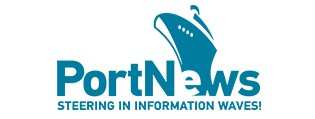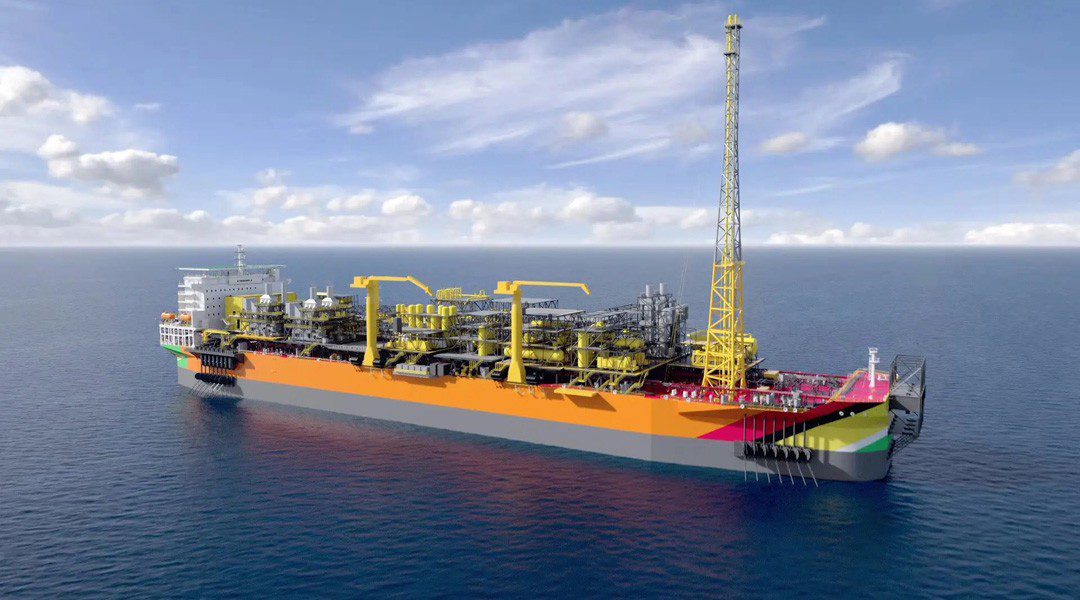HD KSOE attains 73% of annual order target in 100 days

HD Hyundai Group’s shipbuilders have achieved 73 percent of this year’s order target in the first 100 days of this year. In particular, they are enjoying a boom in eco-friendly ships for the first time in 15 years, as they have been selecting only high-value-added vessels to fill its docks, according to Business Korea.
According to the shipbuilding industry on April 15, HD Korea Shipbuilding & Offshore Engineering (KSOE), a shipbuilding company of HD Hyundai Group, has won a total of 86 orders so far this year, accumulating an order backlog of US$9.86 billion. This accounted for 73 percent of the company’s annual order intake target of US$13.5 billion. Among HD KSOE’s subsidiaries, HD Hyundai Samho Heavy Industries, which focuses on eco-friendly ships, has received 23 orders totaling US$3.54 billion to date, reaching 110.7 percent of its annual target of US$3.2 billion. HD HHI has met 50.1 percent of its annual order intake target, while HD Hyundai Mipo Dockyard 87.3 percent.
The quality of orders has also improved. HD KSOE won contracts to build six liquefied natural gas (LNG) carriers, 32 PC carriers, 32 liquefied petroleum gas (LPG) carriers and very large ammonia carriers (VLACs), one ethanol carrier, two liquefied carbon dioxide carriers, six very large crude carriers (VLCCs), three tankers, two car carriers (PCTCs), one floating storage and regasification unit (FSRU), and one offshore facility. The Korean shipbuilding giant has filled its docks with high-value vessels such as VLACs and LNG carriers this year. The average price per vessel for VLACs is well over 160 billion won, while LNG carriers are priced between 300 billion won and 350 billion won per vessel.
This year, HD KSOE landed many VLAC orders. Carrying ammonia is considered to be the most efficient way to transport hydrogen being promoted as a green energy source. Ammonia produces no carbon dioxide when burned and has a liquefaction point of -33 degrees Celsius, which is higher than hydrogen’s -253 degrees Celsius, making ammonia easier to transport and store. It can store about 1.7 times more hydrogen per unit volume than liquefied hydrogen. Ships normally built as ammonia carriers can also transport LPG.
Korean shipbuilders such as HD KSOE and Hanwha Ocean have seen a big increase in orders, with an ammonia carrier being the first vessel ordered in the New Year of 2024. The three major Korean shipbuilders have dominated the world’s orders for ammonia carriers in 2024. They have won 38 VLACs so far this year, with HD KSOE winning 32 (84.2 percent) of them. HD KSOE is showing strength in its ability to build new eco-friendly fuel carriers based on its experience in building gas carriers including successfully developing the industry’s first ammonia fueling system in 2021.
The global ammonia market is expected to reach US$353.3 billion by 2032, growing at a CAGR of 5.8 percent from US$212.7 billion, according to global market research firm Precedence Research. According to Clarkson Research, a UK-based shipbuilding and shipping market analyst, orders for VLACs are expected to begin in earnest this year with an average of 120 vessels per year for the next 20 years.
HD KSOE was the only one of the three major Korean shipbuilders to achieve its annual order target in 2023. It won a total of US$22.32 billion in orders in 2023, about 141.9 percent of its target. Samsung Heavy Industries won orders of US$8.3 billion and Hanwha Ocean US$4 billion, attaining 87 percent and 57.3 percent of their annual targets, respectively.
HD Hyundai Group’s shipbuilders have achieved 73 percent of this year’s order target in the first 100 days of this year. In particular, they are enjoying a boom in eco-friendly ships for the first time in 15 years, as they have been selecting only high-value-added vessels to fill its docks, according to Business Korea.
According to the shipbuilding industry on April 15, HD Korea Shipbuilding & Offshore Engineering (KSOE), a shipbuilding company of HD Hyundai Group, has won a total of 86 orders so far this year, accumulating an order backlog of US$9.86 billion. This accounted for 73 percent of the company’s annual order intake target of US$13.5 billion. Among HD KSOE’s subsidiaries, HD Hyundai Samho Heavy Industries, which focuses on eco-friendly ships, has received 23 orders totaling US$3.54 billion to date, reaching 110.7 percent of its annual target of US$3.2 billion. HD HHI has met 50.1 percent of its annual order intake target, while HD Hyundai Mipo Dockyard 87.3 percent.
The quality of orders has also improved. HD KSOE won contracts to build six liquefied natural gas (LNG) carriers, 32 PC carriers, 32 liquefied petroleum gas (LPG) carriers and very large ammonia carriers (VLACs), one ethanol carrier, two liquefied carbon dioxide carriers, six very large crude carriers (VLCCs), three tankers, two car carriers (PCTCs), one floating storage and regasification unit (FSRU), and one offshore facility. The Korean shipbuilding giant has filled its docks with high-value vessels such as VLACs and LNG carriers this year. The average price per vessel for VLACs is well over 160 billion won, while LNG carriers are priced between 300 billion won and 350 billion won per vessel.
This year, HD KSOE landed many VLAC orders. Carrying ammonia is considered to be the most efficient way to transport hydrogen being promoted as a green energy source. Ammonia produces no carbon dioxide when burned and has a liquefaction point of -33 degrees Celsius, which is higher than hydrogen’s -253 degrees Celsius, making ammonia easier to transport and store. It can store about 1.7 times more hydrogen per unit volume than liquefied hydrogen. Ships normally built as ammonia carriers can also transport LPG.
Korean shipbuilders such as HD KSOE and Hanwha Ocean have seen a big increase in orders, with an ammonia carrier being the first vessel ordered in the New Year of 2024. The three major Korean shipbuilders have dominated the world’s orders for ammonia carriers in 2024. They have won 38 VLACs so far this year, with HD KSOE winning 32 (84.2 percent) of them. HD KSOE is showing strength in its ability to build new eco-friendly fuel carriers based on its experience in building gas carriers including successfully developing the industry’s first ammonia fueling system in 2021.
The global ammonia market is expected to reach US$353.3 billion by 2032, growing at a CAGR of 5.8 percent from US$212.7 billion, according to global market research firm Precedence Research. According to Clarkson Research, a UK-based shipbuilding and shipping market analyst, orders for VLACs are expected to begin in earnest this year with an average of 120 vessels per year for the next 20 years.
HD KSOE was the only one of the three major Korean shipbuilders to achieve its annual order target in 2023. It won a total of US$22.32 billion in orders in 2023, about 141.9 percent of its target. Samsung Heavy Industries won orders of US$8.3 billion and Hanwha Ocean US$4 billion, attaining 87 percent and 57.3 percent of their annual targets, respectively.





